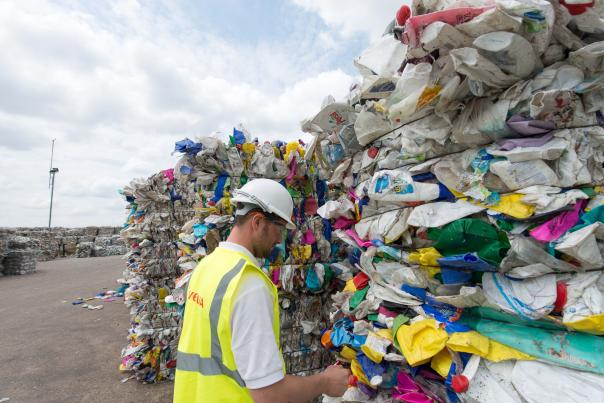
The report analysed over 70 life-cycle assessments to evaluate the environmental impacts of packaging alternatives over their life-time, including impacts from mining, manufacturing, logistics, usage and end-of-life management covering recycling or disposal.
Richard Kirkman, chief technology and innovation officer for Veolia UK and Ireland, said: "It’s important that we point out the impact of using different materials on the planet.
“As we look to build the green recovery and achieve a net zero carbon world, this report helps to emphasise that plastic has a key role to play as a material, but only if it is responsibly minimised, produced, used and recycled.
"With only 9% of plastics being recycled worldwide, there is still a lot to do to improve things. We have done it for paper, metals and glass which are widely recycled, but plastic is a newer material and so we need the right policy drivers in place, backed by consumer and manufacturer awareness, to allow us to build the new recycling infrastructure.
“This provide new green jobs and deliver all the advantages that plastic can offer, whilst making significant cuts to global carbon emissions"
Professor Nick Voulvoulis, professor of environmental technology, Imperial College London, added: “Plastics have a large and unacceptable impact on the marine environment, and potentially impacts to human and ecosystem health that are not fully understood, and cannot easily be incorporated into life-cycle assessments.
“We need to reduce plastics production, while ensuring that any alternatives do not contribute more to climate change. The findings of this study demonstrate that removing, reducing, reusing or recycling the plastic packaging placed on the market is an important part of the way forward, and a better option to replacing it with current alternative materials, or waiting and hoping for solutions not yet available.”
By assessing many different studies with different assumptions the overarching message is clear, that plastic can provide the lowest carbon emissions of available materials providing it is recycled properly, and effectively debunking the growing movement to switch away from plastic in all scenarios.
Although only 2% of British people believe that plastic contributes the least greenhouse gases to the environment from its production, use and recycling, in the majority of cases the main alternatives for packaging including cardboard, glass, steel and aluminium emit more greenhouse gases than plastic.
As case in point, if all plastic bottles used globally were made from glass instead, the additional carbon emissions would be equivalent to 22 large coal-fired power plants producing enough electricity for a third of the UK.
However, there are cases where the reverse is true, for example local supply chains for milk can mean that glass milk bottles make sense in terms of carbon emissions.
The report says that the key to limiting environmental impact and carbon emissions is reduction, reuse, optimisation of recycled content and effective waste management to treat packaging at its end of life, and importantly recycling always wins over virgin production on all environmental indicators.
For plastics, it has been shown that recycling saves between 30% and 80% of the carbon emissions that virgin plastic processing and manufacturing generate.
If all plastic were recycled this could result in mean annual savings of 30m to 150m tonnes of CO2, equivalent to shutting between 8 and 40 coal-fired power plants globally. With the widespread application of renewable energy and demand-management strategies, increasing the recycling of plastics have the potential for both curbing the growing life-cycle GHG emissions from plastics, and also preventing them from entering the marine environment.